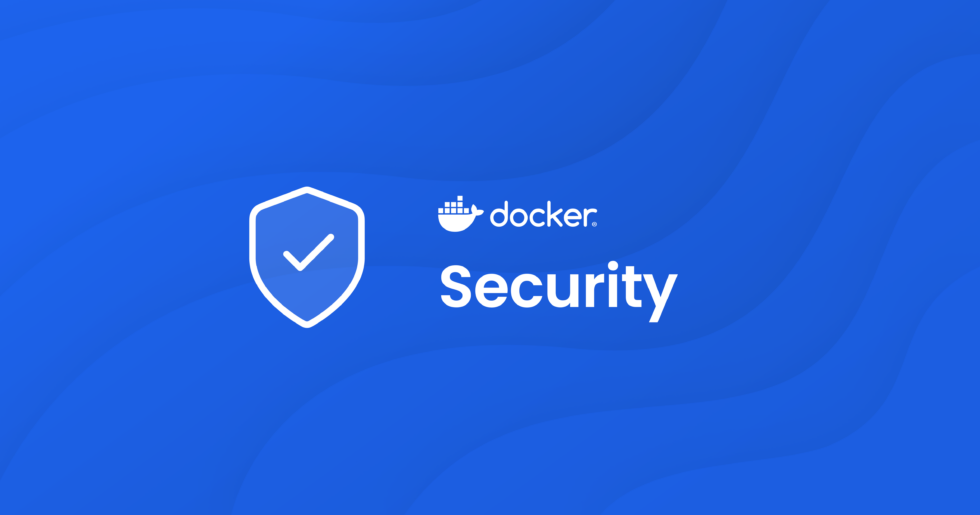Essential Docker Security Practices Everyone Should Know
 Chetan Mohanrao Mohod
Chetan Mohanrao Mohod
If you're diving into Docker or working with containers, this post is for you. Docker is a powerful tool for building and deploying apps, but security is critical. Let's look at some simple, practical steps to secure your Docker environment.
1. Use Trusted Images Only
Why? Not all Docker images are safe. Some may contain vulnerabilities or malicious code. You don’t want a backdoor sneaking into your app.
How? Stick to official images from Docker Hub or other verified sources.
Example Command: docker pull nginx:latest
This pulls the latest official NGINX image, so you’re not taking any risks with unknown sources.
2. Don’t Run Containers as Root
Why? Running as root gives full access, and that’s risky if someone gets into your container. It’s like handing over the keys to your entire system.
How? Create a new user in the Dockerfile to ensure the container has limited permissions.
Dockerfile Example:
FROM ubuntu:latest
RUN useradd -m appuser
USER appuser
Now, your container runs as appuser instead of root, reducing security risks. It’s a simple yet effective way to improve security.
3. Limit Network Access
Why? Not every container needs to connect to every network or even the internet. By limiting network access, you ensure only necessary containers can communicate.
How? Create isolated networks for better control.
Example Commands:
docker network create my_network
docker run --network my_network --name app_container nginx
Here, app_container is on my_network and won’t be exposed to unnecessary connections. Think of it as creating a secure zone for your containers.
4. Scan Images for Vulnerabilities
Why? Using old or vulnerable images can leave your app open to attacks. Regular scans help you catch issues before they become major problems.
How? Use Docker’s built-in scan tool.
Example Command: docker scan nginx:latest
This command will scan the latest NGINX image for known issues, so you can address them before deployment.
Common Docker Security Interview Questions
Why avoid running Docker containers as root?
How do you restrict network access for containers?
What command can you use to scan Docker images for vulnerabilities?
Wrapping Up
Securing Docker doesn’t have to be complicated. By following these straightforward practices, you’re taking essential steps toward a more secure Docker environment. Give them a try, keep your setup safe, and feel free to share any additional security tips or questions in the comments.
This approach will not only make your Docker environment more secure but also prepare you for common Docker security questions in interviews.
Subscribe to my newsletter
Read articles from Chetan Mohanrao Mohod directly inside your inbox. Subscribe to the newsletter, and don't miss out.
Written by

Chetan Mohanrao Mohod
Chetan Mohanrao Mohod
DevOps Engineer focused on automating workflows, optimizing infrastructure, and building scalable efficient solutions.